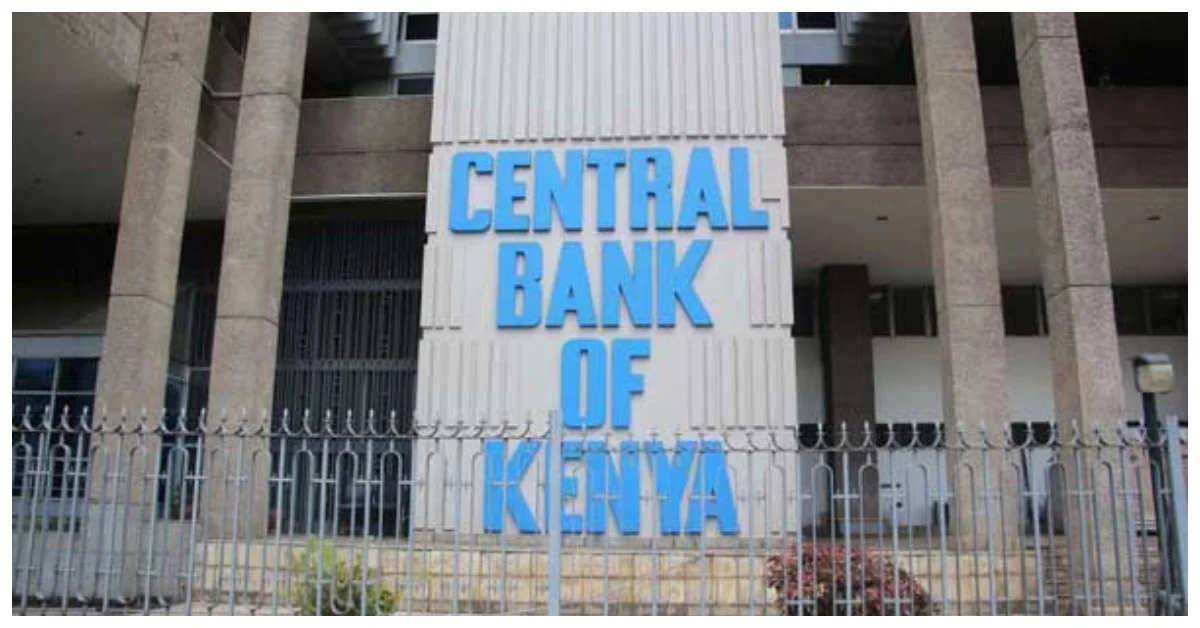The Kenyan shilling has experienced a significant and costly decline against the US dollar, losing nearly half of its value in less than four years. This rapid depreciation has resulted in higher prices for imported goods, impacting consumers.
Many banks are now selling US dollars above the Sh150 mark in Nairobi, adding pressure to the Kenyan shilling and setting the stage for further price hikes on imported items like electronics, fertilizers, and cars.
Eleven banks in Nairobi and three forex bureaus reported an average selling price for the dollar that was approaching the Sh150 mark. However, the Central Bank of Kenya (CBK) stated an average exchange rate of Sh142.98, highlighting a notable difference between the official rate and actual trading as reported by forex dealers.

Recent financial assistance from partners like the International Monetary Fund (IMF), which provided Ksh58.6 billion (US dollars 141 million), bolstered Kenya’s foreign exchange reserves.
Despite this, importers have had to cut back on their purchases, leading to increased costs for consumers, particularly for items such as electronics and vehicles.
Experts predict that the shilling could continue to weaken, potentially reaching 150.76 units against the dollar by the time Kenya repays its debut Eurobond in the coming year, indicating ongoing pressure on the country’s exchange rate.
According to the Business Daily, banks experienced significant revenue growth from foreign currency trading in 2022, driven by the expanding difference between their buying and selling prices for foreign currencies, particularly the dollar. This trend was especially evident in banks like I&M and NCBA, which saw foreign exchange income rise by around 30 percent.
Read Also: Kenyan Shilling Predicted to Trade at 150 Per US Dollar By Year’s End
Despite earlier claims by President William Ruto that the shilling would strengthen due to a government-to-government arrangement for oil imports, the currency’s value has continued to decline.
It has lost approximately 15.8 percent of its value since the start of the year, largely due to a shortage of dollars increased by interest rate hikes in advanced economies.
This depreciation of the shilling is expected to lead to higher costs for essential goods, compounding the already high cost of living for many Kenyans. Importers will face increased expenses for raw materials, potentially passing these costs on to consumers.
Furthermore, electricity consumers will see higher charges due to foreign exchange considerations in their power bills. Additionally, as fuel payments come due, consumers could face higher prices at the gas pump. However, exporters of flowers, tea, and coffee are likely to benefit from increased earnings.
Subscribe to Switch TV for more exciting content
Analysts caution that the Kenyan currency may continue to experience a downward trend but could potentially recover toward the end of the year.
















